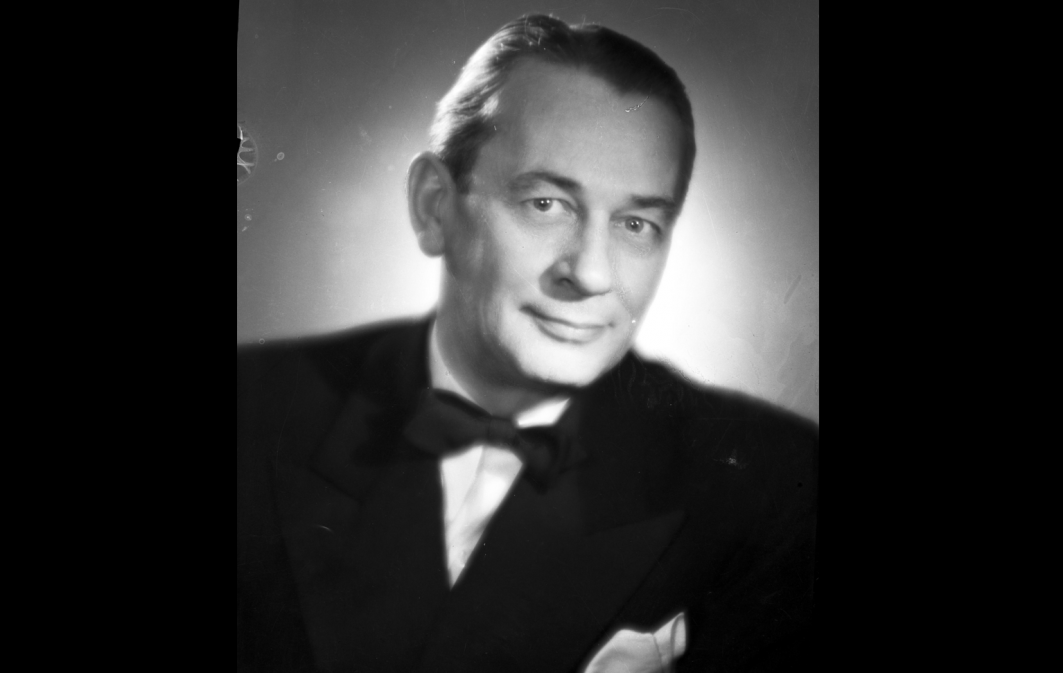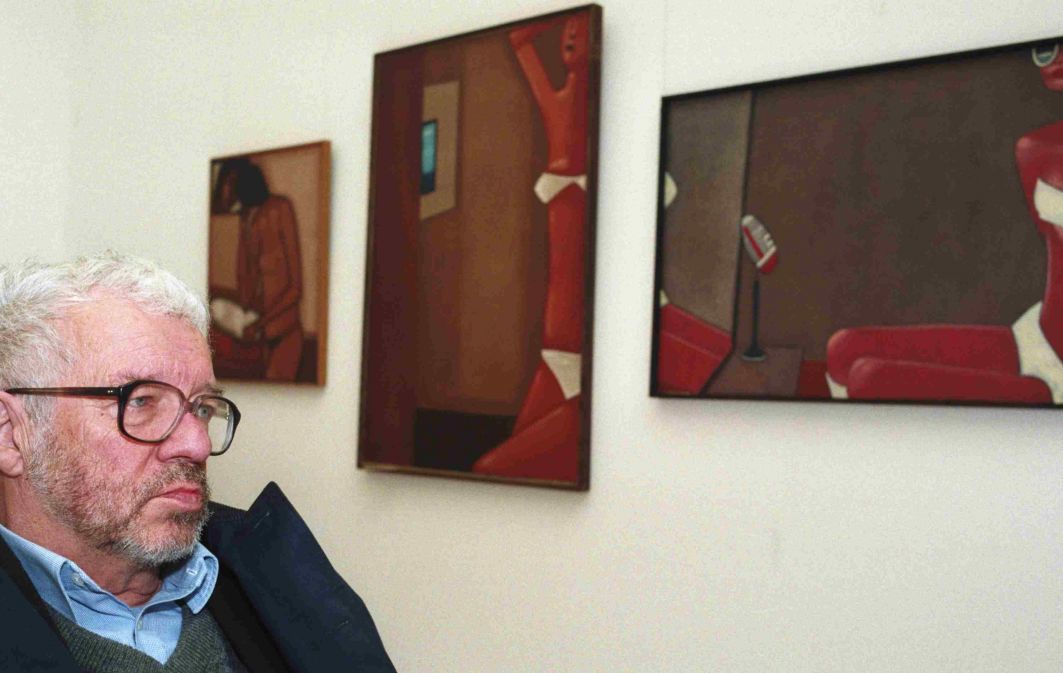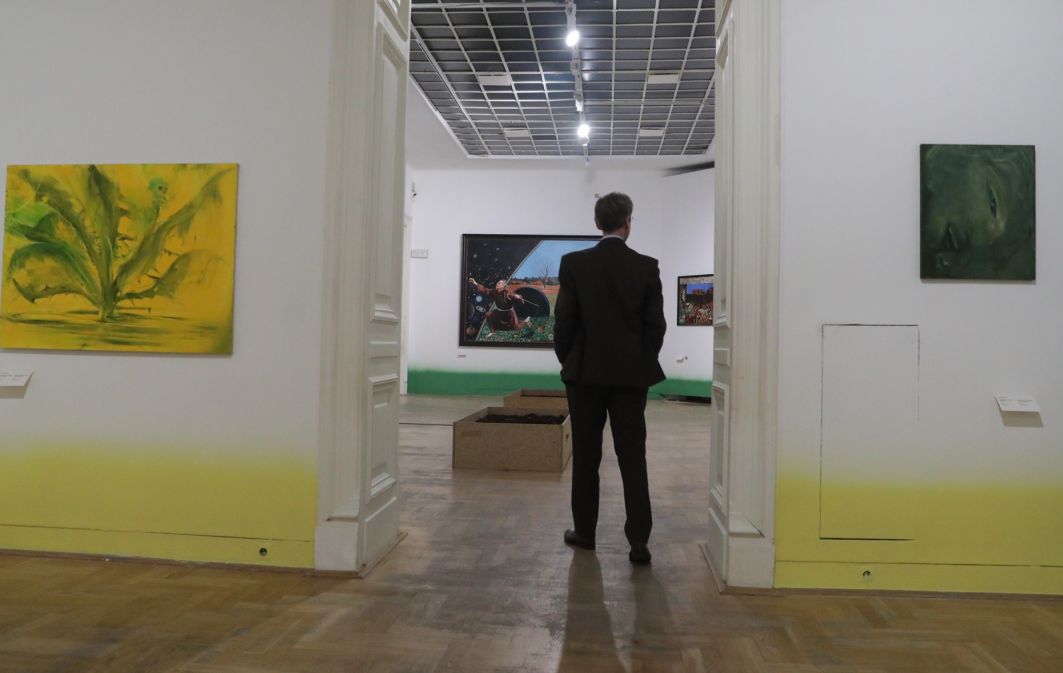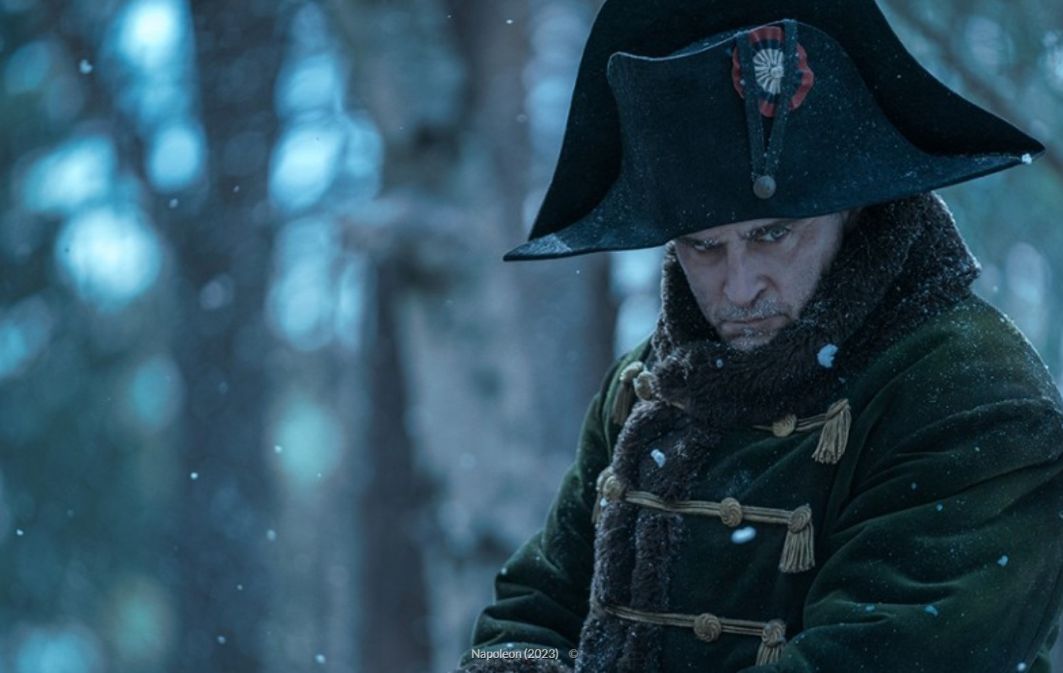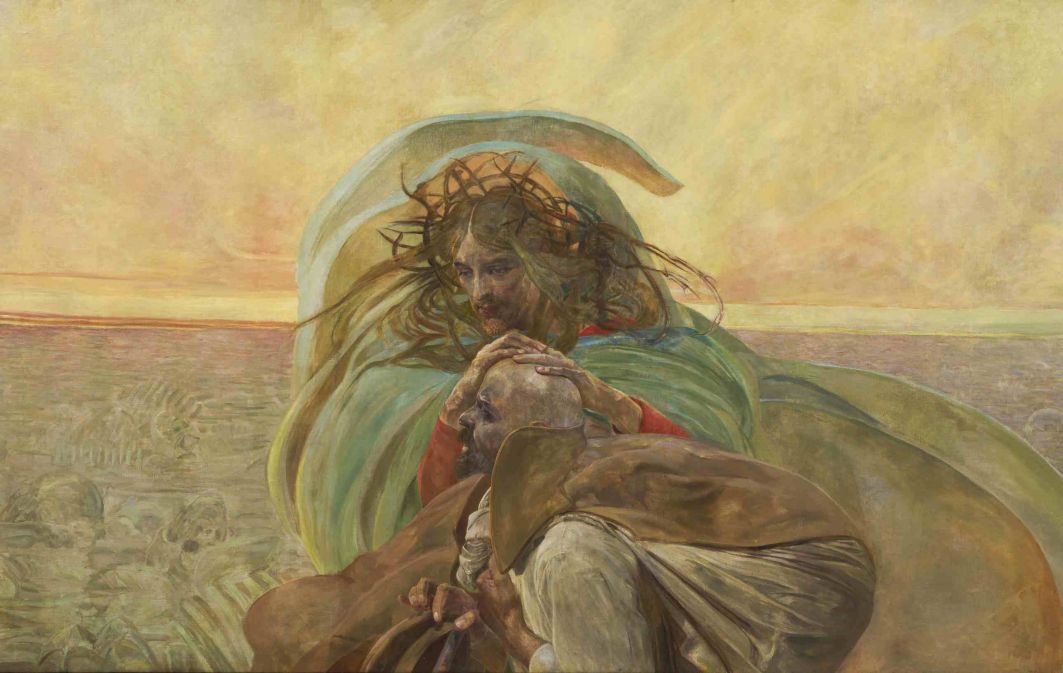You could say that these are details, but there are many more serious mistakes and they do not only concern the weapons used. As one historian noted, the fighting for Grodno from September 20 to 22, 1939 is already very well known; it is known on which street, when and which Soviet tank was destroyed, as well as what happened to its crew. But the film’s director didn’t care about it much – the film does not feature any real characters from among the city’s defenders, and the scenes of the Soviet attack on the bridge over the Neman were filmed in... Poznań, which does not resemble Grodno at all. Everything possible was stuffed next to the barricade defending the bridge, from an anti-aircraft gun (in fact, there were such guns in Grodno, but they were fired from a hill) to an anti-tank gun (which the defenders did not have at their disposal). It was supposed to look nice, but nice doesn’t necessarily mean true and sensible.
Well, Krzysztof Łukaszewicz seems to be finishing his next film “Czerwone Maki” [“Red Poppies”] about the battles for Monte Cassino. This film may be shot in Bulgaria, which, as we know, is very similar to Italy. But we must hope that this time a more historically accurate work will be created.
Money is not everything
The fundamental problem in the case of contemporary Polish films is the obvious lack of money. In the past, hundreds or even thousands of extras played in “Krzyżacy” or “Potop” [“The Deluge”], the latter including 70 leading and 600 supporting actors, as well as 40,000 extras! Now you have to economise.
In one of the reviews of “Tajemnica Westerplatte” (directed by Paweł Chochlew) we read: “In the first attack, about 220 people from Lt. Henningsen’s assault company tried to take the
outpost by storm. I don’t require a human phalanx to be thrown in front of me in [the film]. I’m not arguing that two hundred stormtroopers should have jumped out from behind the brick wall like devils from behind a bush. Nevertheless, when watching the film, we have the impression that the depot is being captured by 10 extras gathered in a group, representing the attacking side, plus a single cameraman (...). In the film, the viewer sees a maximum of a few extras at a time, which is typical of the film’s battle scenes, which are very “economical” in their scope. And one more quote: “Fights involving the outpost (commanded by seaman Rygielski) are something of a curiosity. Five Germans attack positions as utter idiots along an exposed beach in daylight, in terrain as open as a billiard table, and the firefight between the attackers and the outpost begins and ends invariably at a distance of 10-15 metres – half the assault distance”
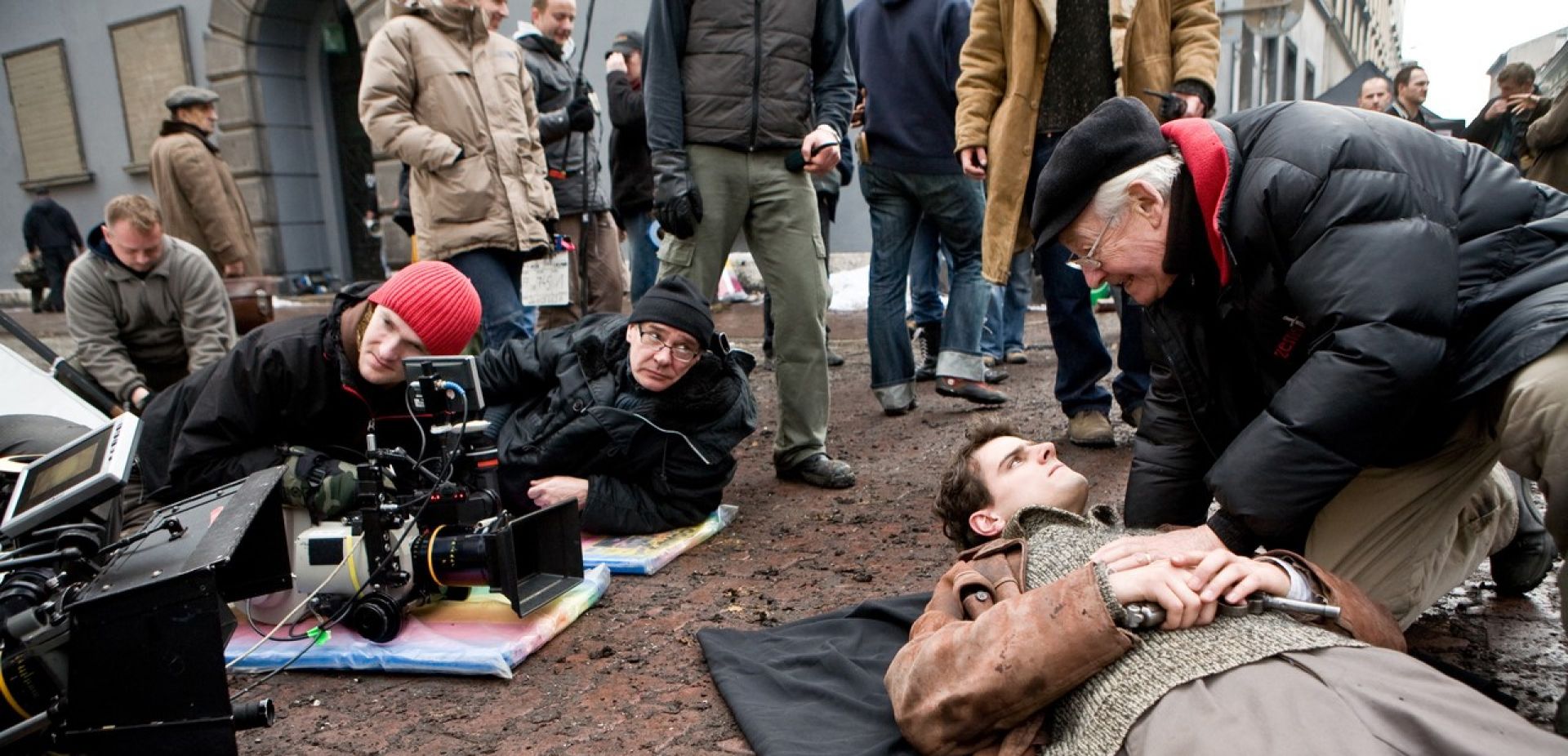
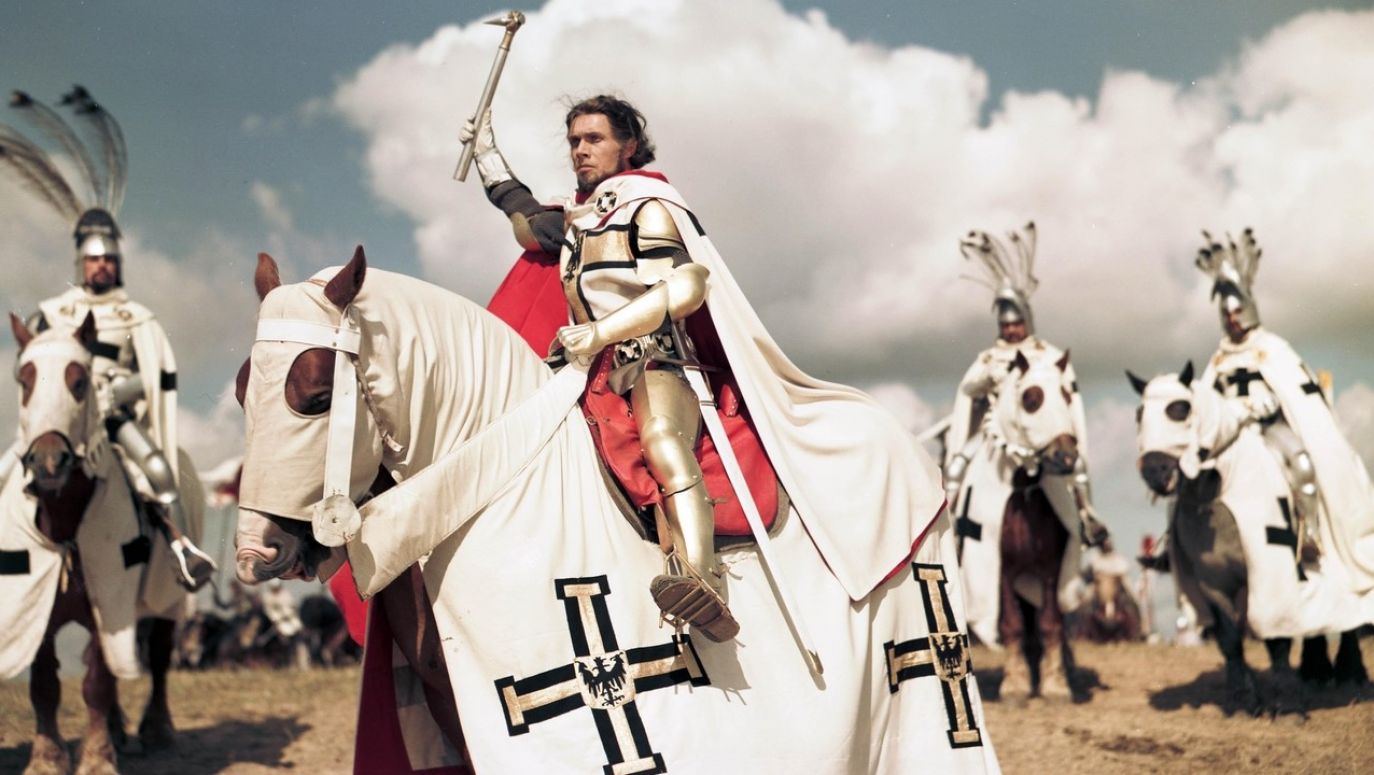
 SIGN UP TO OUR PAGE
SIGN UP TO OUR PAGE
 This must be surprising, because the film had consultants – primarily the late professor Janusz Cisek, director of the Polish Army Museum in 2006-2012. Unfortunately, we cannot ask him why he did not notice these errors. Or maybe no one listened to him?...
This must be surprising, because the film had consultants – primarily the late professor Janusz Cisek, director of the Polish Army Museum in 2006-2012. Unfortunately, we cannot ask him why he did not notice these errors. Or maybe no one listened to him?...